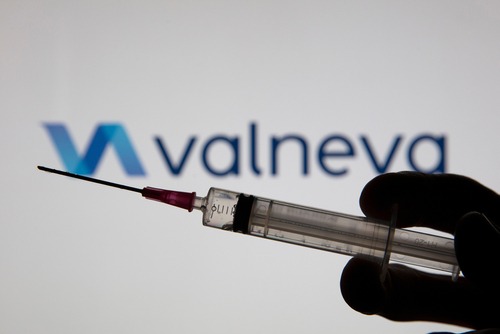
A Phase Three trial of Valneva SE’s chikungunya vaccine candidate, VLA1553, met with major success, according to topline results released last week that showed it induced protective neutralizing antibody titers in 98.5 percent of subjects after a single vaccination.
The trial involved 4,115 adults across the U.S., and its efficacy results proved a success well above the Food and Drug Administration’s (FDA’s) established threshold of 70 percent. VLA1553 also provided high immunogenicity, with an average antibody titre for its subject group — or geometric mean titre (GMT) — of approximately 3,270 people. It was equally effective on the elderly and younger adults, with an equally beneficial safety profile.
“We are delighted with these Phase 3 results confirming the compelling profile of our vaccine candidate across all age groups,” Dr. Juan Carlos Jaramillo, Chief Medical Officer of Valneva, said. “These first-ever Phase 3 trial results for a chikungunya vaccine mean that we are a step closer to addressing this major, growing, and unmet public health threat. I would like to thank everyone who participated in the trial and who continued to advance the trial during the pandemic. We will continue to work with regulators to bring VLA1553 to market as soon as possible.”
Having met its primary endpoint, the final results of this latest trial for VLA1553 are expected within the next six months. Already, the candidate has been granted Breakthrough Designation status by the FDA. It earlier earned the FDA Fast Track designation and the PRIME designation from the European Medicines Agency.
The live-attenuated, single-dose vaccine candidate was designed by deleting a portion of the chikungunya virus genome. It is the only long-term protection providing vaccine candidate for chikungunya in phase three trials.
Further, VLA1553 showed little in the way of safety concerns. Of those tested, only 1.6 percent reported severe adverse effects, the most common of which was fever. Still, about half of the participants did experience some side effects, usually mild or moderate in severity, such as headaches, fatigue, and myalgia, which an Independent Data Safety Monitoring Board showed.




